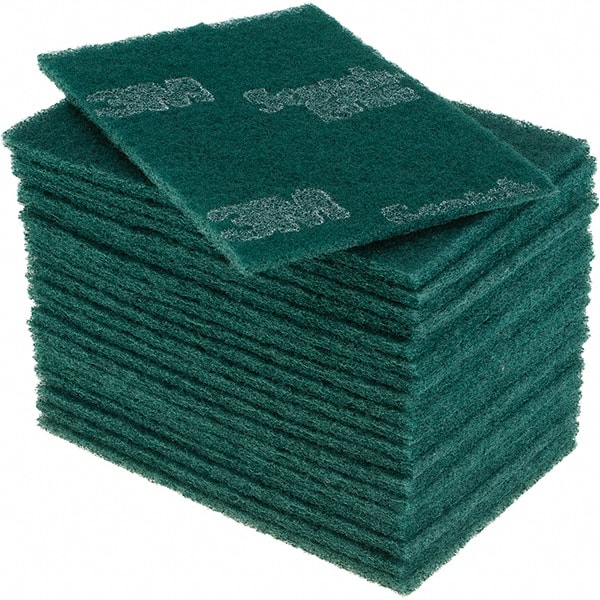Hello, All!
I'm new to the group and this is my first time posting. I apologize in advance if I didn't do it properly. I am in the process of building a layout with two main loops using Legacy command. I don't plan on running any conventional trains. I do plan on adding DCS once the WTIUs are available (someday, lol). I just completed my first loop and started on the second. I would like each loop to be it's own power district powered by 180 watt bricks. The brick powering my first loop is connected to a TMCC direct lock-on which is then connected to the track via bus wire with power feeds every 8-10 feet and on each leg of my turnouts. I have no issues with my first loop but this is where I am stuck. I started working on my second loop, powered by a 180 wat brick, connected to a TMCC lock-on, etc. I am attempting to connect my loops (they run parallel) using pairs of Atlas #5 switches. Based on every online article I can read or watch, I understand that only the center rail needs to be insulted in order to separate my power districts. However, I am running into an issue when my engine(s) and consist go from one power district (loop) to another. The engine(s) short out or sputter. Most online resources include a diagram with multiple power supplies and a TIU. Because I don't have a TIU yet, I am guessing I am doing something wrong. Based on my current configuration (2 bricks and 2 TMCC lock-ons) am I correct that only the center rail needs insulated? Do I need to phase the power bricks in some way (IE run a wire from the common terminal of one TMCC lock-on to the common terminal of the other TMCC lock-on)? Any help and suggestions will be greatly appreciated!
Thanks,
Karl
.










